Key Features
-
Standard Compliance: Suitable for oxidation stability testing as per ASTM methods.
-
Dual-Test Capability:
-
2-place rotating pressure vessel oil bath for simultaneous sample analysis.
-
-
Precision Temperature Control:
-
Digital electronic temperature controller with fail-safe mechanical thermostat.
-
-
Heavy-Duty Drive System:
-
Robust motor rotates vessels at 100 RPM, housed beneath the oil bath.
-
-
Pressure Vessel Design:
-
Stainless steel construction, angled at 30°, with stem and valve to connect a pressure transducer.
-
-
Temperature & Pressure Range:
-
Temperature: Ambient to 200°C
-
Pressure: 0–200 psi mapping.
-
-
Large Bath Capacity:
-
70 liters with stainless steel body and cover.
-
-
Supplied Accessories:
-
Catalyst wire, glass liners with PTFE cover, ASTM 96C thermometer, ‘O’ ring.
-
-
Data Logging:
-
Automatic pressure digital data logger with PC interface and software (CD-ROM).
-
Technical Specifications
-
Capacity: 2 rotating vessels
-
Rotation Speed: 100 RPM
-
Temperature Accuracy: ±0.5°C
-
Power Supply: 230 V, 1 Phase, 50 Hz
Applications
-
Engine oil oxidation stability testing
-
Turbine oil performance analysis
-
Insulating fluid aging studies
-
Quality control and research laboratories

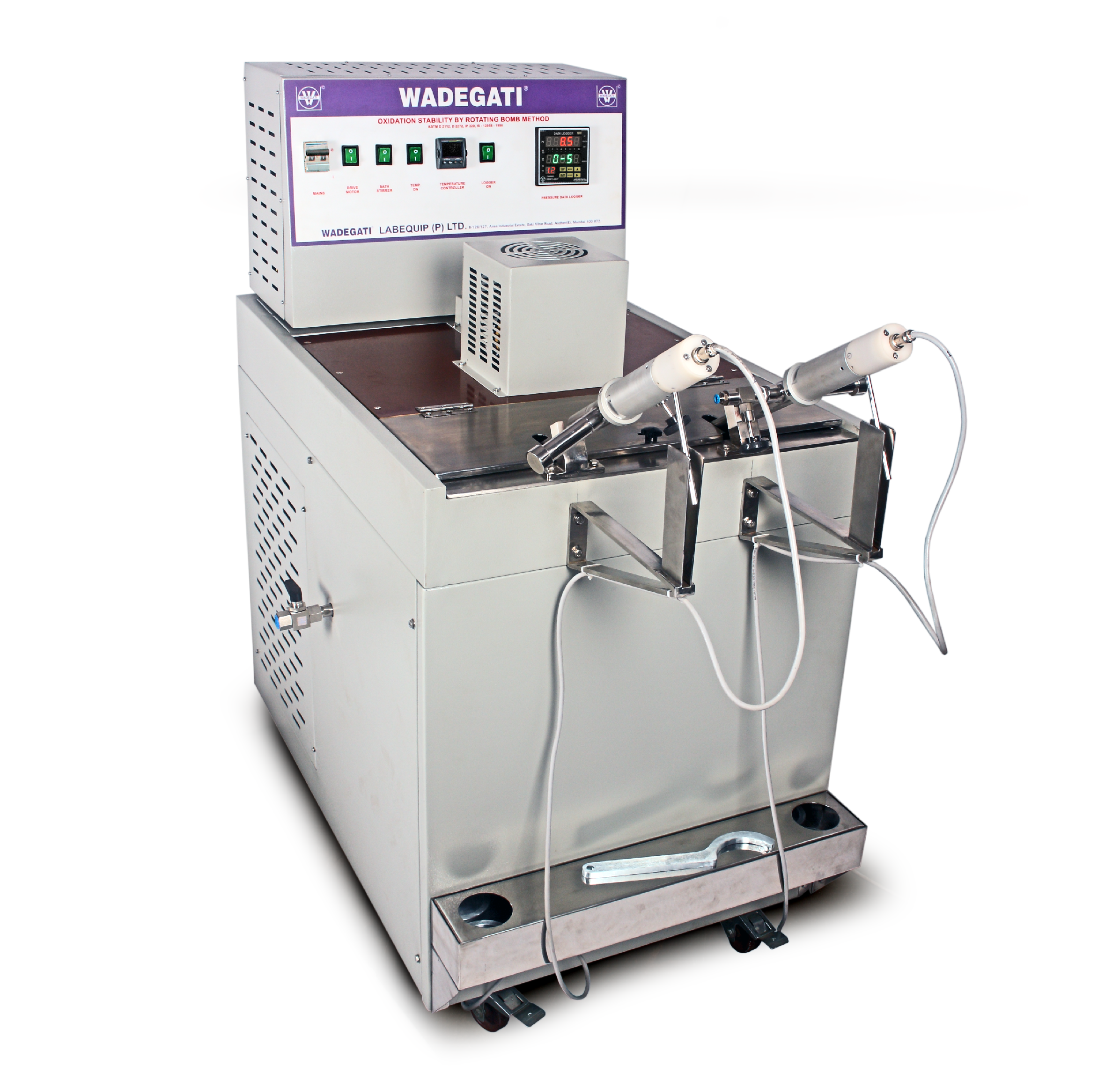
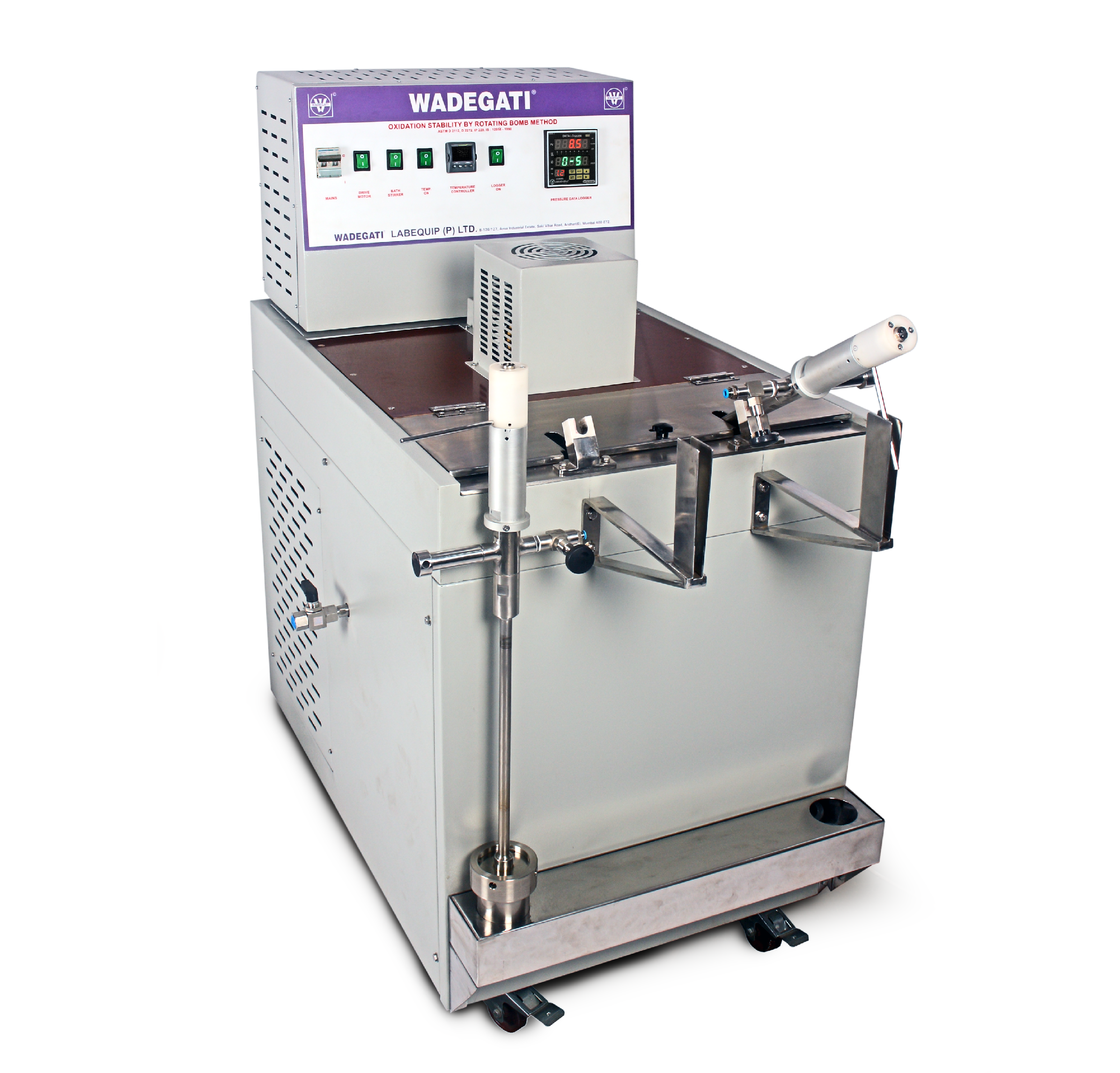
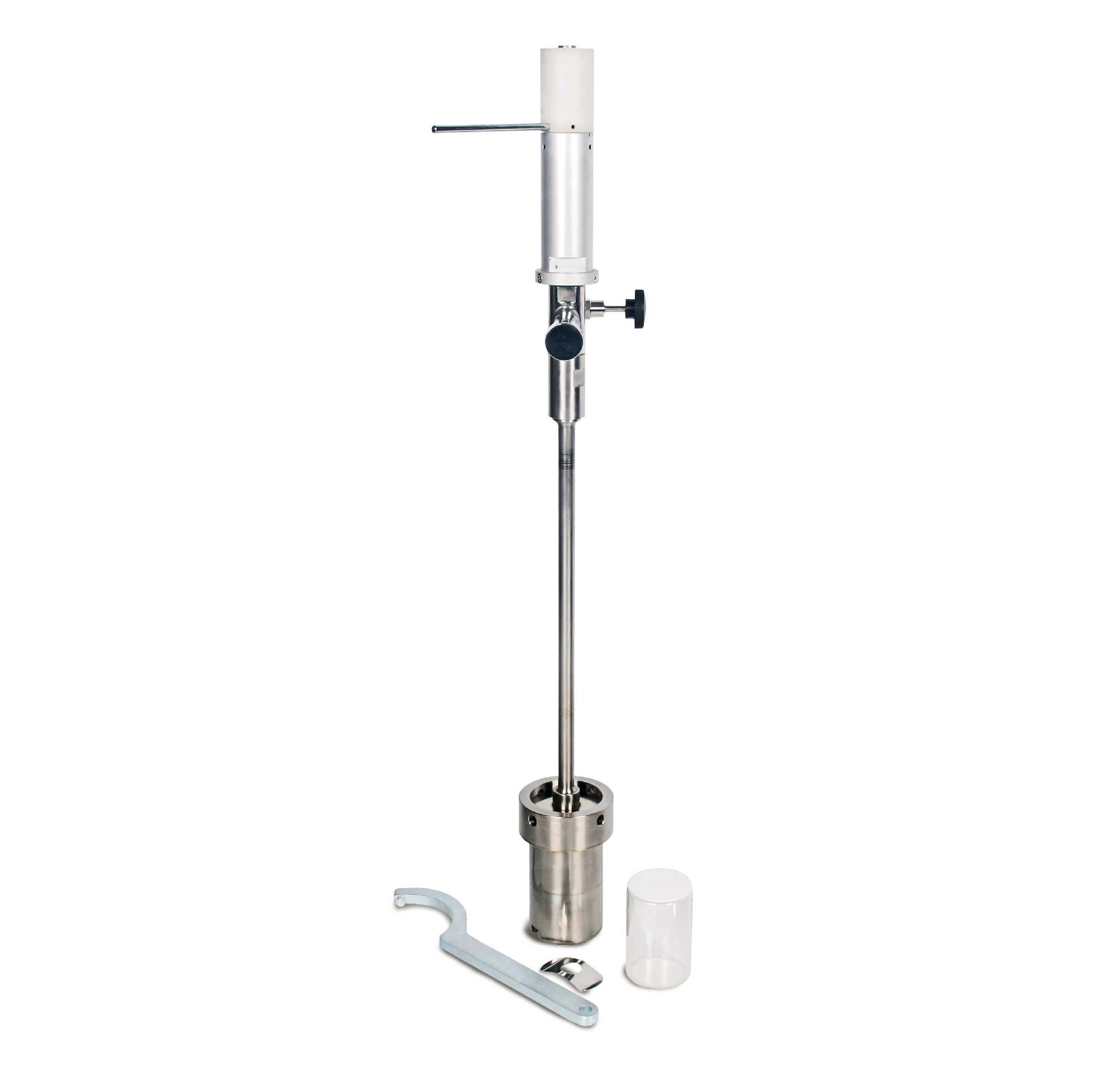
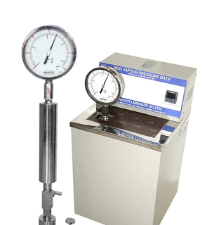
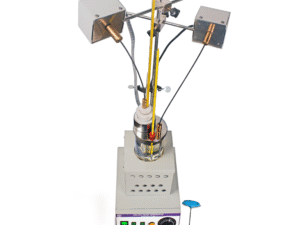
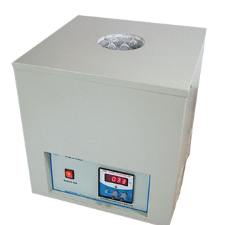
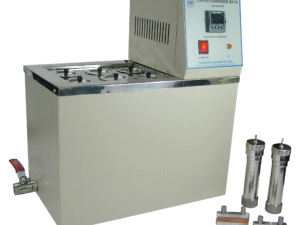
Reviews
There are no reviews yet.